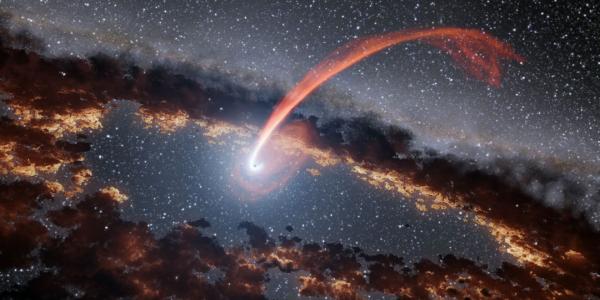Space Sciences/Astrophysics Seminar with Ole Koenig on Spectral-timing analysis of Cygnus X-1 with NICER
The soft X-ray coverage and high time resolution of NICER allow us to constrain the accretion flow of black hole X-ray binaries by combining spectral and timing techniques. I present an analysis of the energy-dependent variability from Cyg X-1, extending the coverage of previous monitoring campaigns to low X-ray energies across all states, which has not been possible until now. The hard state power spectrum can be decomposed into two main broad Lorentzians with a transition at around 1Hz. I show that these Lorentzians likely represent individual physical processes associated with the disk and Comptonizing plasma. At the transition of these components, we discover a low-energy timing phenomenon characterized by an abrupt lag change of hard with respect to soft photons, accompanied by a drop in coherence. The frequency of the phenomenon increases with the frequencies of the Lorentzians as the source softens until the phenomenon vanishes when the power spectrum becomes single-humped. I show that this feature is not a property of Cyg X-1 alone, but that it is also clearly detected in the low hard state of transient low-mass X-ray binaries, suggesting a general behavior of accreting black hole binaries. I discuss that the feature is not compatible with the typical signature of reverberation and propose ideas for its origin.
Sponsored by the McDonnell Center for the Space Sciences.

